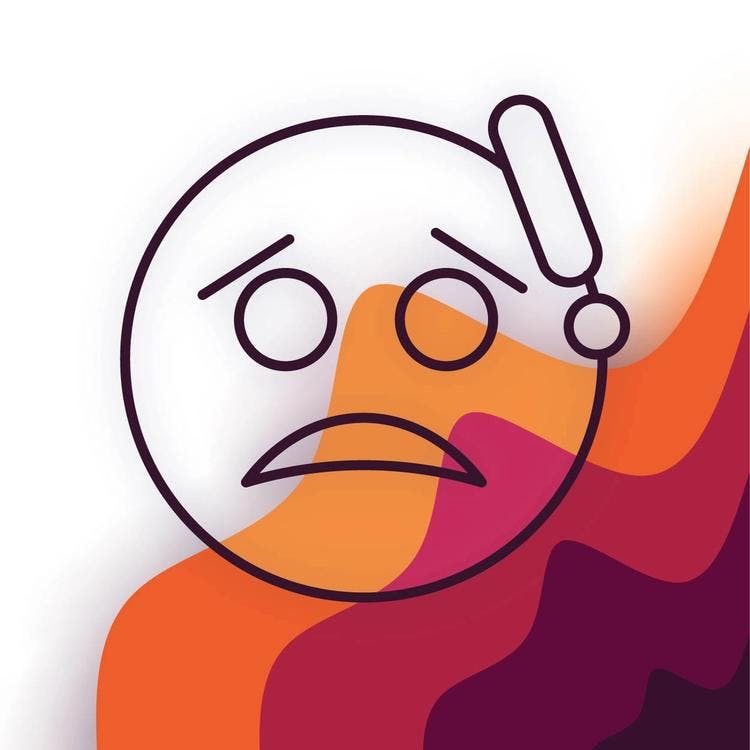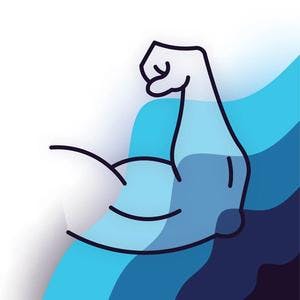What is anxiety and when does it become a disorder?
Anxiety is a normal response that occurs in anticipation of harm or threat. Anxiety becomes a disorder when it is associated with excessive fear and distress which results in the person being unable to function well.
There are different anxiety disorders and this booklet will briefly cover the most common disorders. These are:
- Panic Disorder
- Agoraphobia
- Social Anxiety Disorder
- Generalised Anxiety Disorder
- Post Traumatic Stress Disorder (PTSD)
At the end of the booklet we will also cover the basic management of these disorders.
Panic disorder
Panic disorder is diagnosed when a person is observed to have repetitive panic attacks. These panic attacks occur suddenly and are unpredictable.
The panic attacks are then followed by a month or more of persistent worry about additional attacks resulting in withdrawal and avoidance from certain situations.
Symptoms of a panic attack
- Shortness of breath
- Chest pain or discomfort
- Heart palpitations
- Choking and difficulty swallowing
- Abdominal discomfort
- Trembling and shaking
- Sweating
- Numbness
- Dizziness
- Flushes or chills
- Intense fear
Agoraphobia
A phobia is an intense and irrational fear of something. Phobias are common mental disorders.
Agoraphobia is the fear that a certain public space or situation could cause them panic, embarrassment or humiliation. Someone with agoraphobia often feels like these places or situations are difficult or impossible to escape from. As a result, they will often become withdrawn, isolated and refrain from normal activities. Such public places include:
- Public transport
- Open spaces (eg parking lots)
- Enclosed spaces (eg shops or cinemas)
- Standing in line or in a crow
- Being outside of the house alone
This then results in limitation of function of the person as they cannot be anywhere by themselves without panic.
Social anxiety disorder or social phobia
Social anxiety is an intense fear of embarrassment, humiliation or judgement in social situations. This can include social interactions like having a conversation or performing in front of others or even when you feel like you are being observed like when you are eating or drinking. This fear can trigger a panic attack in which the person starts to blush or tremble. In children, the anxiety can be expressed by crying, tantrums and freezing.
People with social anxiety disorder then avoid social settings out of this intense fear of humiliation.
Generalised anxiety disorder
Generalised anxiety disorder is excessive anxiety and worry on most days of the week for at least six months. A person with generalised anxiety disorder excessively worries about any activity they are worried would cause a panic attack. The anxiety and worry can cause:
- Restlessness or being on edge
- Being easily tired
- Problems concentrating
- Being irritable
- Tense muscles
- Sleep problems
Post-traumatic stress disorder (PTSD)
PTSD can occur after a person is exposed to death, injury or violence by:
- Directly experiencing the event
- Witnessing the event as it occurs to others
- Learning of a traumatic event happening to a close friend
- Repeated exposure to details of the traumatic event
Memory and dreams of these events can result in depressive symptoms, substance abuse and panic attacks.
Management of Anxiety Disorders
The different anxiety disorders have differing management. The two most effective forms are a type of therapy called cognitive behavioural therapy and medication.
Cognitive behavioural therapy (CBT)
CBT helps a person with anxiety disorders to face their fears and anxieties through taught practical methods so that the person with anxiety can be better skilled at coping with anxiety-inducing situations and to develop the confidence to face them.
Medical treatment
- Antidepressants, e.g. fluoxetine, citalopram: work to alleviate anxiety and improve mood.
- Benzodiazepines, e.g. diazepam (valium), lorazepam. Benzodiazepines reduce anxiety and stress by calming you.
- Drugs called beta blockers can also be used to reduce nervous tension, sweating, panic and shakes.


